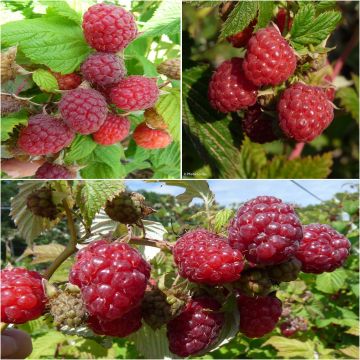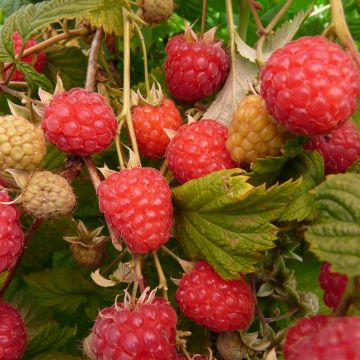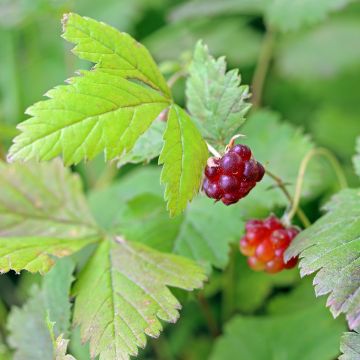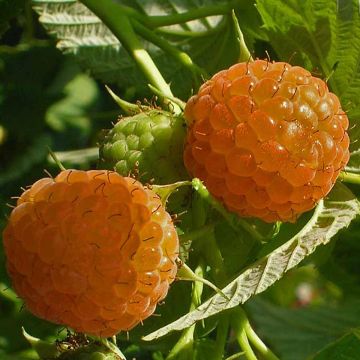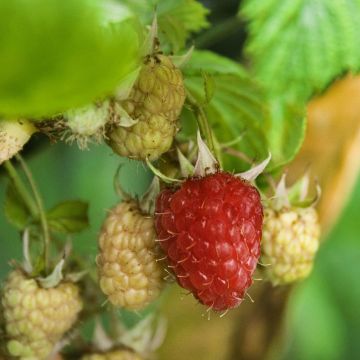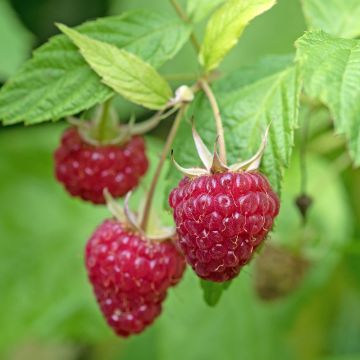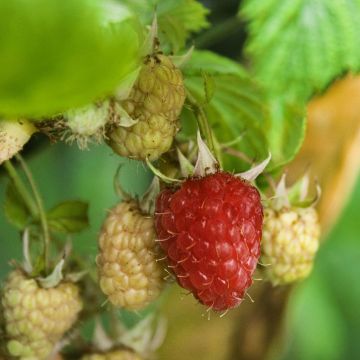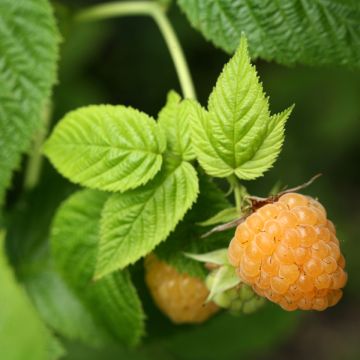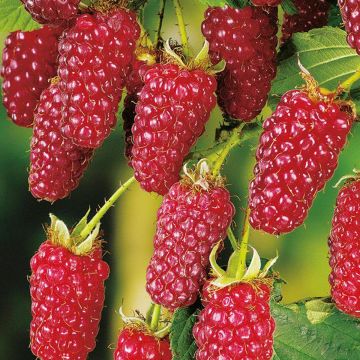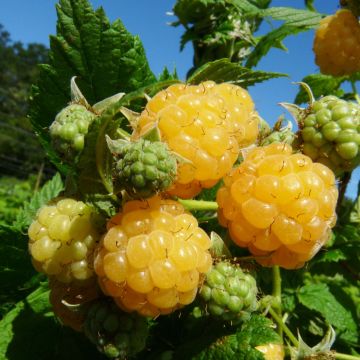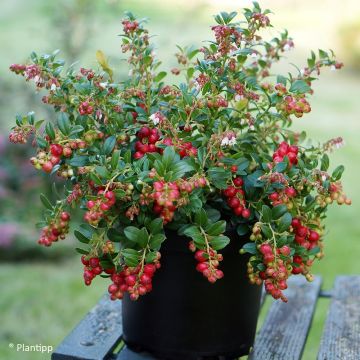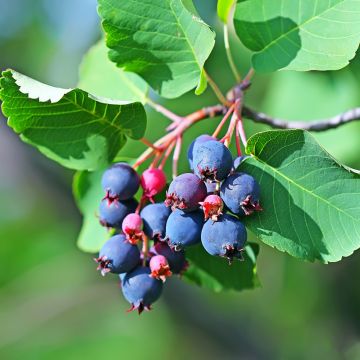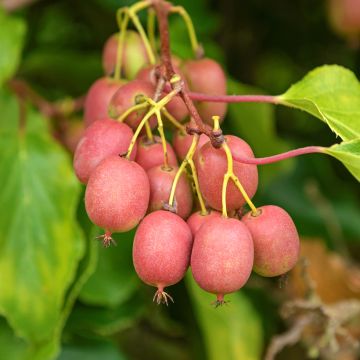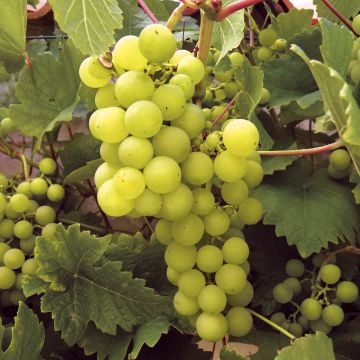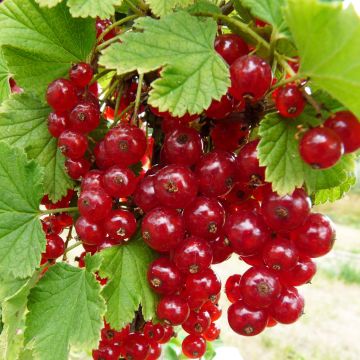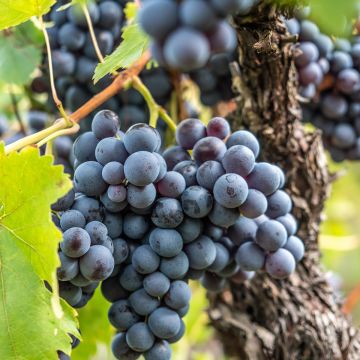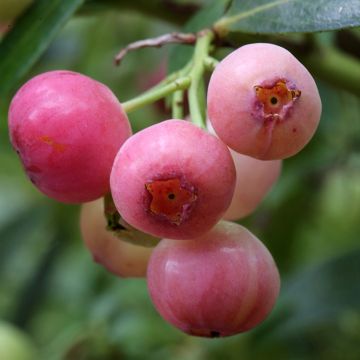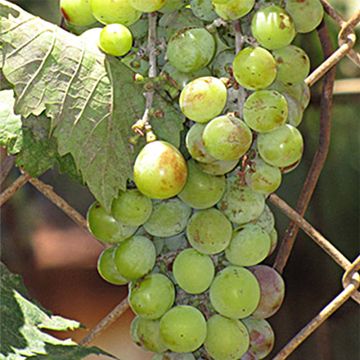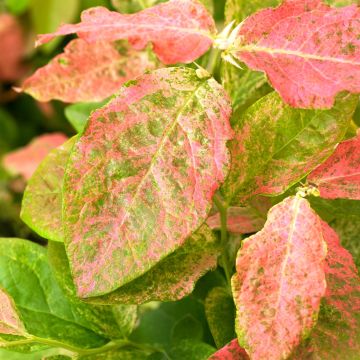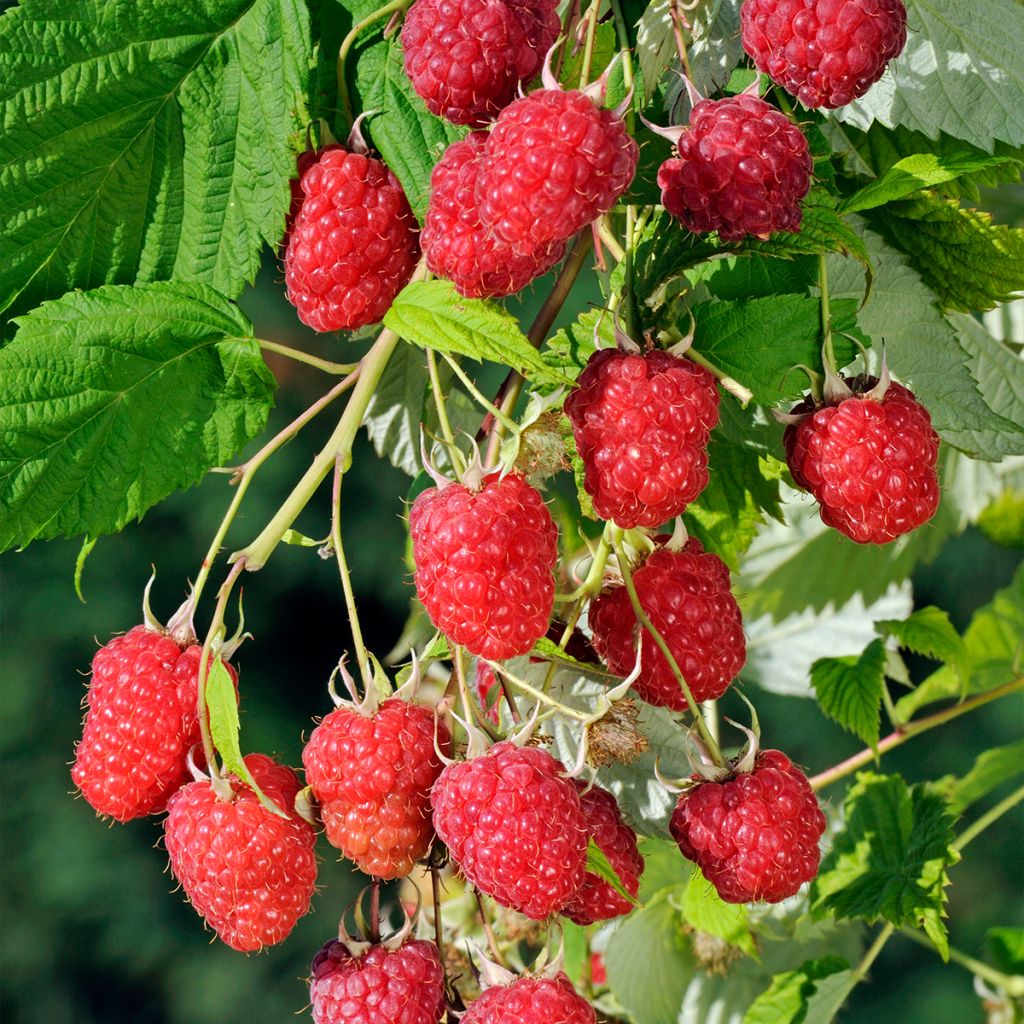

Raspberry Sanibelle (Everbearing) - Rubus idaeus
Raspberry Sanibelle (Everbearing) - Rubus idaeus
Rubus idaeus Sanibelle®
Raspberry, Red Raspberry, European Raspberry
De tout mon cœur MERCI ! MERCI ! MERCI !
Iancovici Daniela , 01/02/2023
This item cannot be shipped to the selected country
Delivery charge from €5.90
Delivery to Corse prohibited
More information
Delivery charge from €5.90
Delivery to Corse prohibited
More information
Schedule delivery date,
and select date in basket
This plant carries a 6 months recovery warranty
More information
We guarantee the quality of our plants for a full growing cycle, and will replace at our expense any plant that fails to recover under normal climatic and planting conditions.
From €5.90 for pickup delivery and €6.90 for home delivery
Express home delivery from €8.90.
Delivery to Corse prohibited: UE law prohibits the import of this plant from mainland France to Corse as part of the fight against Xylella fastidiosa. Please accept our sincere apologies.
More information

Description
The Sanibelle® Raspberry Bush is a hardy, robust, and vigorous variety that produces abundant large conical fruits, weighing approximately 10 grams, with a vibrant red colour and firm, highly fragrant flesh. This perpetual variety bears fruit from August until the first frost. The sweet, sugary, and slightly tangy fruits of the Rubus idaeus Sanibelle are extremely delicious when consumed fresh or used in jams, sorbets, juices, dried fruits, or pastries. This new variety is particularly resistant to phytophthora, a disease that causes root death, and performs better in heavy and moist soils.
The Raspberry Bush, known as Rubus idaeus in Latin, originates from Europe and temperate Asia, and belongs to the Rosaceae family, like strawberries, blackberries, and wild roses. In its natural habitat, it grows in cool climates in association with plants such as the rowan tree, elderberry, or beech tree, forming a symbiotic relationship with them.
Developed at the Geneva station in Switzerland, the Rubus idaeus Sanibelle is a variety particularly resistant to phytophthora. This disease mainly affects the roots, especially in heavy and moist soils. With this proven resistance, we obtain a variety that can thrive in this type of soil, which is a real advantage. Hardy and robust, this Raspberry Bush with its prickly branches is highly productive from July until the first frost. It is self-fertile, but its production is enhanced when planted alongside other pollinators. The optimal production occurs from the third year after planting. The lifespan of a raspberry bush is about ten years. Two categories of raspberry bushes can be distinguished: remontant varieties that bear fruit from July to August until the frost, and non-remontant varieties with abundant harvests around June to July.
The Sanibelle Raspberry Bush is a deciduous shrub with upright stems, forming a bush about 150 cm (59in) in all directions over time. It grows as a moderately suckering perennial stump. The biennial stems, each with the peculiarity of dying after fruiting, emerge from its roots every year, armed with small, mildly prickly pricks. The Raspberry Bush has green leaves on the top, white-green and downy on the underside. The flowers are highly attractive to bees. The small white flowers, about 1 to 2 cm (0 to 1in) in diameter, are grouped in small clusters of 10 to 12, and appear in April to May. The fruits consist of small agglomerated drupes that are easy to detach when ripe.
The Rubus idaeus Sanibelle offers the advantage of a staggered harvest for various uses. Whether planted in a vegetable garden, orchard, or as an accent in a decorative garden, this raspberry bush holds a special place alongside other small fruit varieties. Raspberries are delicate fruits that must be carefully picked. They can be lightly washed with water and are best stored in the refrigerator. It is delightful to either enjoy the fruits on the spot or pick them for various culinary uses such as sorbets, sauces, jams, tiramisu, crumbles, puddings, and, of course, the traditional Raspberry Tart. Low in calories but rich in minerals, vitamin C, fiber, and antioxidants, raspberries are a health asset.
Raspberry Sanibelle (Everbearing) - Rubus idaeus in pictures
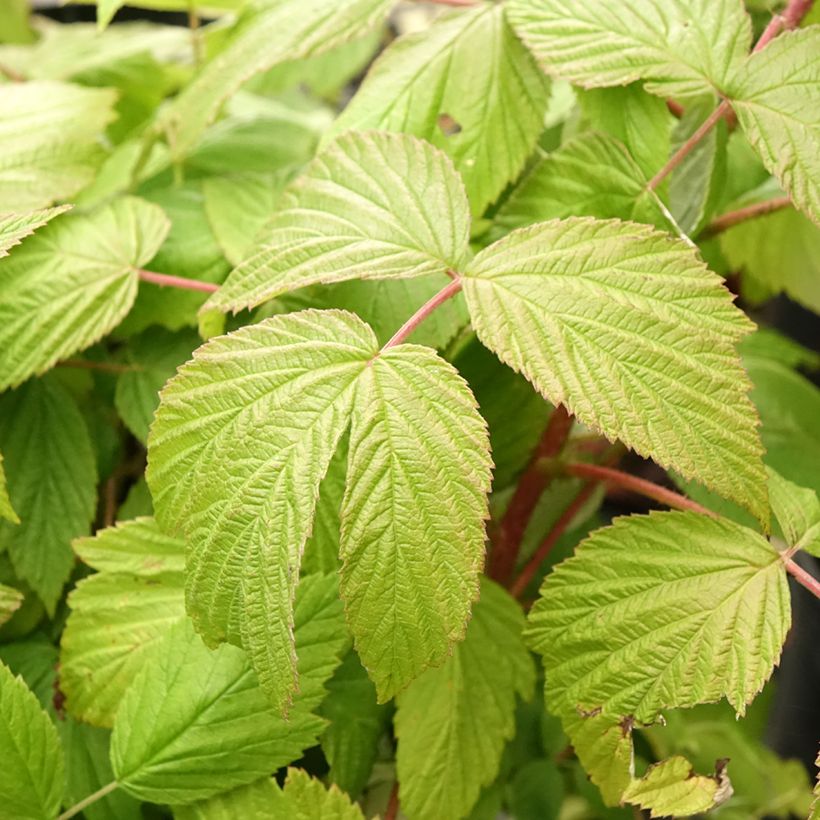

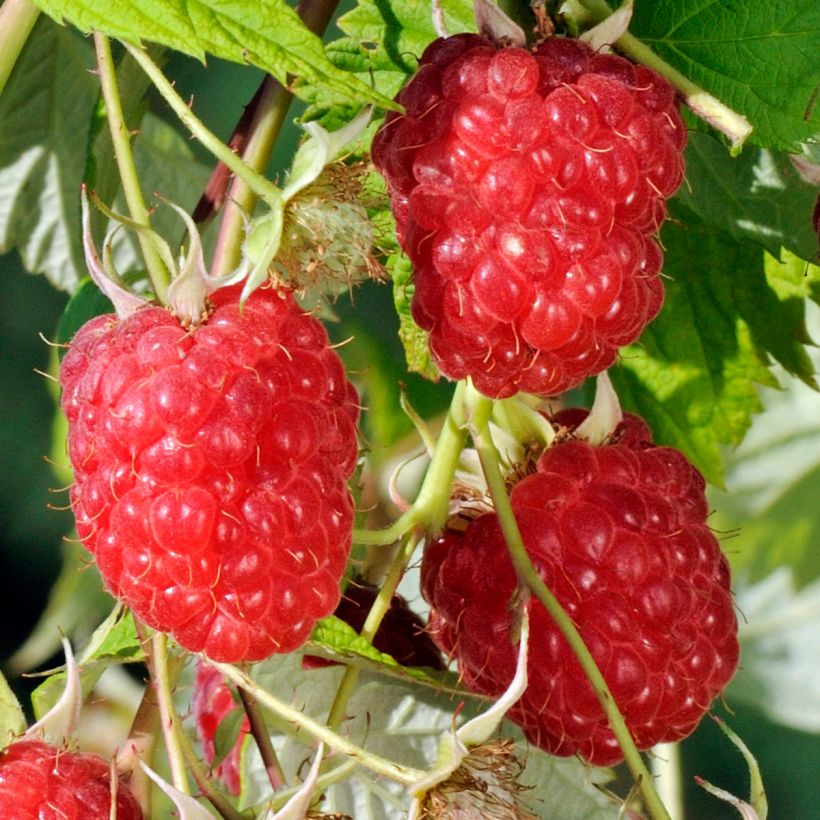

Plant habit
Fruit
Flowering
Foliage
Botanical data
Rubus
idaeus
Sanibelle®
Rosaceae
Raspberry, Red Raspberry, European Raspberry
Cultivar or hybrid
Other Raspberry plants
Planting and care
The Raspberry prefers humus-rich soils, which retain moisture even in summer, without too much limestone. It appreciates partially shaded but bright exposures. In the north, it will tolerate full sun, while in the south, it will prefer partial shade. Plant it from October to March in ordinary soil, enriched with compost and well-rotted manure.
Plant the seedlings every 80 cm (32in) in rows spaced 1.50 m (5ft) apart. During planting, the collar should be level with the ground. It is advisable to train them with wire stretched between stakes or on a trellis.
Water regularly to promote root establishment in the first year of planting. During periods of high heat or prolonged drought, provide additional water. Weed the surface, especially at the beginning of planting, and apply mulch to maintain moisture in summer.
Raspberry plants can be susceptible to various diseases if the growing conditions are not optimal (raspberry anthracnose, raspberry rust, powdery mildew, gray mold in rainy periods, or Botrytis). The damage observed in cultivation is due to poor weather conditions, especially during cold springs, which allow micro-fungi present in the soil to infest the vegetation. To protect the plants, it is recommended to fertilize raspberries with organic fertilizers that promote the growth of anaerobic bacteria in the soil, which strengthens the soil's ability to stimulate the plant's immune system. Raspberries can also be attacked by certain parasites such as raspberry worms, the larvae of a small beetle that lodges in the fruits without causing significant damage.
Raspberries can easily multiply through suckers that grow near the base: remove them and replant them elsewhere in the garden if desired.
Planting period
Intended location
Care
-
, onOrder confirmed
Reply from on Promesse de fleurs
Berries
Haven't found what you were looking for?
Hardiness is the lowest winter temperature a plant can endure without suffering serious damage or even dying. However, hardiness is affected by location (a sheltered area, such as a patio), protection (winter cover) and soil type (hardiness is improved by well-drained soil).

Photo Sharing Terms & Conditions
In order to encourage gardeners to interact and share their experiences, Promesse de fleurs offers various media enabling content to be uploaded onto its Site - in particular via the ‘Photo sharing’ module.
The User agrees to refrain from:
- Posting any content that is illegal, prejudicial, insulting, racist, inciteful to hatred, revisionist, contrary to public decency, that infringes on privacy or on the privacy rights of third parties, in particular the publicity rights of persons and goods, intellectual property rights, or the right to privacy.
- Submitting content on behalf of a third party;
- Impersonate the identity of a third party and/or publish any personal information about a third party;
In general, the User undertakes to refrain from any unethical behaviour.
All Content (in particular text, comments, files, images, photos, videos, creative works, etc.), which may be subject to property or intellectual property rights, image or other private rights, shall remain the property of the User, subject to the limited rights granted by the terms of the licence granted by Promesse de fleurs as stated below. Users are at liberty to publish or not to publish such Content on the Site, notably via the ‘Photo Sharing’ facility, and accept that this Content shall be made public and freely accessible, notably on the Internet.
Users further acknowledge, undertake to have ,and guarantee that they hold all necessary rights and permissions to publish such material on the Site, in particular with regard to the legislation in force pertaining to any privacy, property, intellectual property, image, or contractual rights, or rights of any other nature. By publishing such Content on the Site, Users acknowledge accepting full liability as publishers of the Content within the meaning of the law, and grant Promesse de fleurs, free of charge, an inclusive, worldwide licence for the said Content for the entire duration of its publication, including all reproduction, representation, up/downloading, displaying, performing, transmission, and storage rights.
Users also grant permission for their name to be linked to the Content and accept that this link may not always be made available.
By engaging in posting material, Users consent to their Content becoming automatically accessible on the Internet, in particular on other sites and/or blogs and/or web pages of the Promesse de fleurs site, including in particular social pages and the Promesse de fleurs catalogue.
Users may secure the removal of entrusted content free of charge by issuing a simple request via our contact form.

































